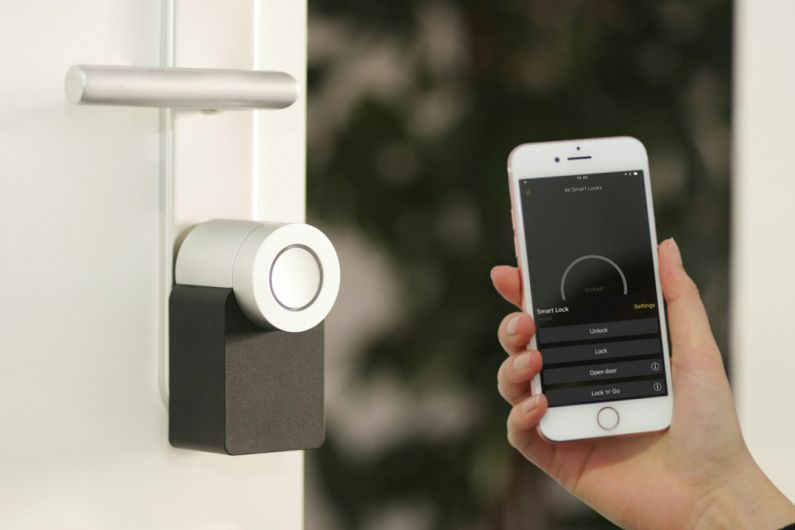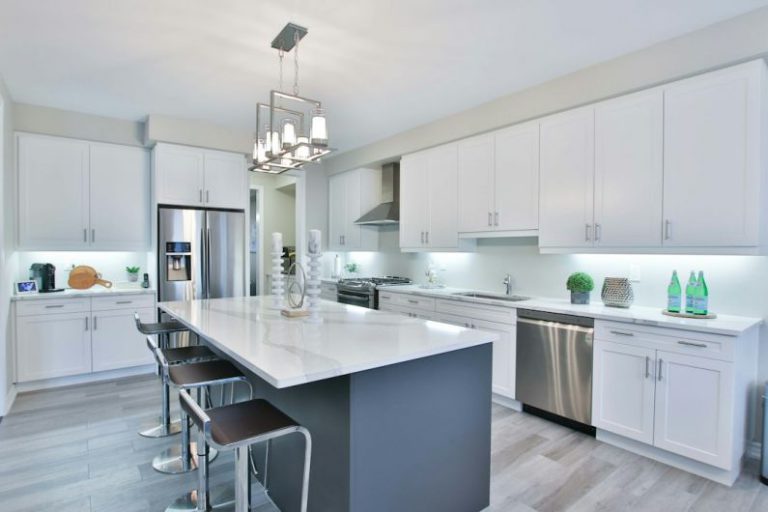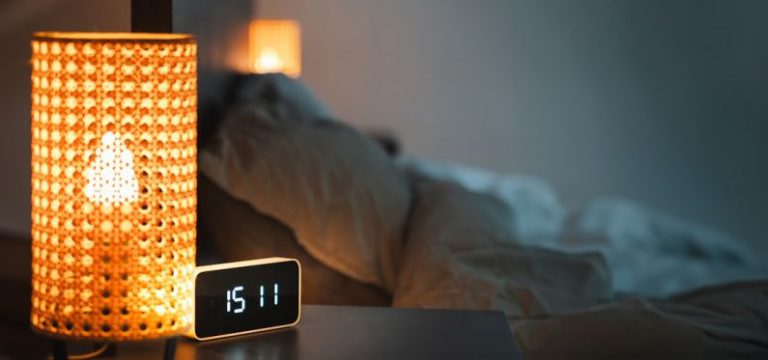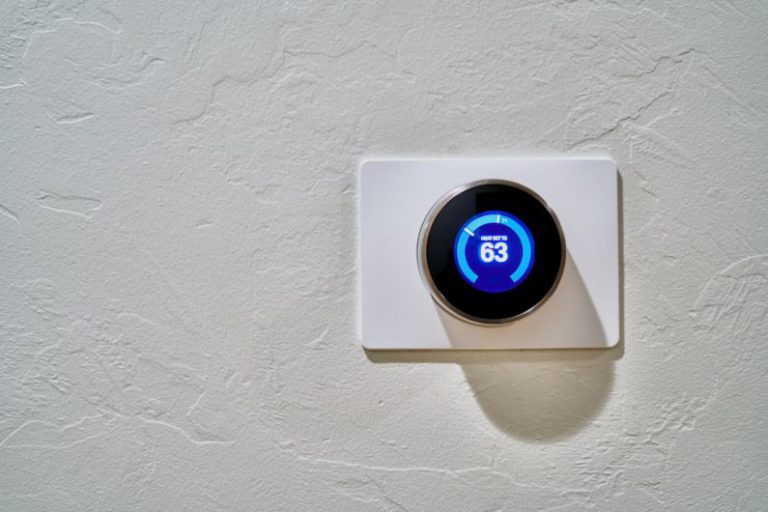How to Keep Your Smart Home Safe from Hackers?
With the increasing popularity of smart home devices, it is crucial to ensure the security of your connected devices. From smart thermostats to voice-activated assistants, these devices bring convenience and efficiency to our lives. However, they also pose potential risks if not properly protected. In this article, we will discuss some essential steps to keep your smart home safe from hackers.
1. Secure your Wi-Fi network
The first line of defense in safeguarding your smart home is to secure your Wi-Fi network. Start by changing the default username and password on your router. Use a strong, unique password that includes a combination of letters, numbers, and special characters. Additionally, enable WPA2 encryption, the most secure option available for Wi-Fi networks. Regularly update your router’s firmware to ensure it has the latest security patches.
2. Keep your software up to date
Regularly updating the software on your smart devices is crucial to maintaining their security. Manufacturers often release updates to address vulnerabilities and protect against potential breaches. Enable automatic updates whenever possible to ensure that your devices receive the latest security patches. If automatic updates are not available, make it a habit to manually check for updates regularly.
3. Create strong and unique passwords
One of the most common mistakes people make is using weak and easily guessable passwords. Avoid using common phrases, dictionary words, or personal information for your passwords. Instead, create strong and unique passwords for each of your smart devices. Consider using a password manager to generate and securely store your passwords.
4. Enable two-factor authentication
Two-factor authentication adds an extra layer of security to your smart home devices by requiring a second form of verification, such as a fingerprint or a unique code sent to your mobile device. Enable this feature whenever possible to ensure that even if your password is compromised, hackers will still need additional verification to access your devices.
5. Be cautious with voice assistants
Voice-activated assistants like Amazon Echo or Google Home are convenient tools for controlling your smart devices. However, they can also be susceptible to hacking. Be cautious about the information you share with these devices and regularly review your voice assistant’s privacy settings. Consider disabling features that you do not use to minimize potential security risks.
6. Secure your smart cameras and door locks
Smart cameras and door locks are essential components of a secure smart home. However, they can also be vulnerable to hacking if not properly protected. Ensure that your cameras and door locks are equipped with strong encryption and two-factor authentication. Regularly change default passwords and keep their firmware up to date.
7. Separate your smart home devices
Consider creating separate networks for your smart home devices and other internet-connected devices, such as computers and smartphones. This way, even if one device is compromised, the rest of your network remains secure. Many routers offer a guest network feature that can be used for this purpose.
In conclusion, while smart home devices offer convenience and efficiency, it is crucial to prioritize their security. By following these essential steps, you can significantly reduce the risk of your smart home being hacked. Secure your Wi-Fi network, keep your software up to date, create strong and unique passwords, enable two-factor authentication, be cautious with voice assistants, secure your smart cameras and door locks, and consider separating your smart home devices. By taking these precautions, you can enjoy the benefits of a smart home while keeping your privacy and security intact.






